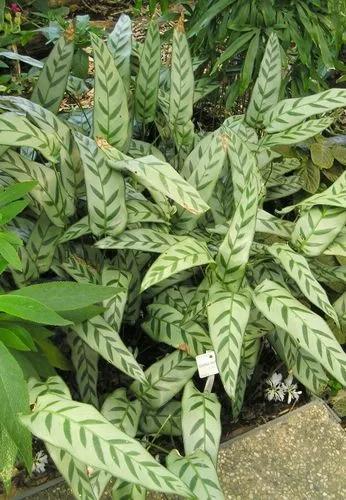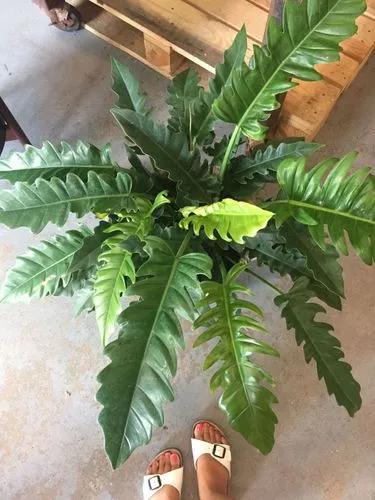Hoyas are native to Southern India, but can be found growing wild all over Southeastern Asia and Australia. They are in the Apocynaceae family, making some of their well-known relatives milkweed and dischidia species. Like I mentioned above, there are hundreds of species and many types - some are succulent, some are non-succulent; some are woody or shrubby; some are vining; some are ephyphtic or terrestrial. Hoya carnosa in particular is a climbing type with succulent leaves and woody stems. They produce flowers in near-perfect ball-shaped clusters that are usually light or dark pink, but sometimes white. Before the flowers open, they are tightly closed buds that look almost plastic; some people have likened them to tiny candies or jewels! When the flowers open, they reveal little five-pointed star shapes that are covered in a fine coating of hair. The flowers are known to produce a sticky, sweet nectar that smells more intense at night. H. carnosa flowers smell different to everyone, it seems, but when mine flower, I get notes of honey, chocolate, and butter!
Hoya Carnosa Care
Hoya Carnosa 'Rubra'



How to Care for the Plant

Water

Hoya carnosa plants should receive water relatively infrequently, as a plants like to dry out some between watering. A easiest way to tell if a plant needs water is by a weight of a container.

Pruning

Trim off any dead leaves and stems.

Fertilizer

As with most houseplants, they will benefit from an occasional feed during the growing season. An organic, balanced, liquid fertilizer once a month during spring and summer is recommended.

Sunlight

Plants need at least 6-8 hours of filtered sun daily.

Soil

Does best in conventional potting soils that contain ingredients such as peat, manure, and black hummus.

Temperature

Temperatures from 65 - 80°F (18 - 26°C) are ideal during spring and summer. Try around 55 - 60°F (13 - 15°C) for a month or two during winter (before spring) but no lower than 45°F (7°C) which may encourage blooms for late spring - summer.

Container

When choosing a pot, choose a pot that is 2.5-5 cm (1-2”) larger than the current size. Ceramic pots are porous which means your plants are less likely to experience root rot from overwatering. It also means you'll have to water more often. Plastic pots are lighter, less likely to break, and easier to clean.

Additional

Hoyas are commonly known as milkweeds. The milky white sap is known to be toxic in nature. But these are not necessarily poisonous in nature. However, the amount of toxicity depends upon the size of the animal and the number of leaves ingested. To be on the safer side, it is better to keep kids and pets away from all the domestic plants.

Popularity

1,727 people already have this plant 408 people have added this plant to their wishlists
Discover more plants with the list below
Popular articles






